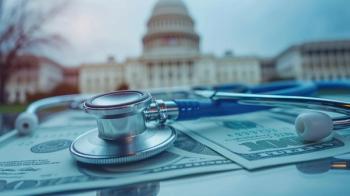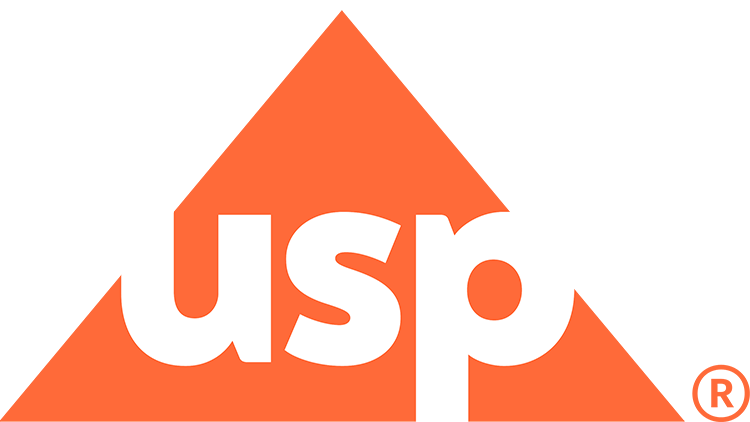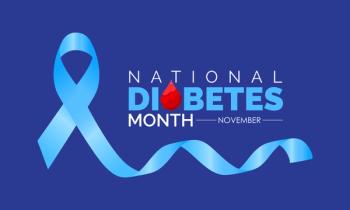
USP Expert: Medication Misuse Prompts About a Million Annual Adverse Drug Events in US Alone

Farah Towfic, PharmD, MBA, RPh, director, CEO Operations, US Pharmacopeia, discusses some of the primary topics impacting pharmacists’ delivery of care and quality this year.
Pharmacy Times® interviewed Farah Towfic, PharmD, MBA, RPh, director, CEO Operations, U.S. Pharmacopeia (USP), on emerging topics impacting pharmaceutical quality and pharmacist delivery of care.
Pharmacy Times: As you look back over the past year, what stands out as the biggest challenge?
Farah Towfic, PharmD, MBA, RPh: Over the past year, and really since the pandemic, and even before that, supply chain resilience has been a topic that continues to be at the forefront. We're talking supply chain resilience quite broadly. Early on in the pandemic, we saw anywhere from shortage of cars to shortage of toilet paper, and of course, shortage of pharmaceuticals and medicines could occur.
Supply chain vulnerability has been at the forefront, and we've seen how, anywhere from natural disasters, emerging health care crises, pandemics, geopolitical events, or quality issues and manufacturing can really have an impact on that supply chain resilience. Pandemics just kind of brought that to the forefront, those existing vulnerabilities.
One thing that we've seen, especially for pharmacists over the past several months as cold and flu season and ear infection season, and all of that is upon us, is the amoxicillin drug shortage. It’s been something that's been a big pain for practitioners to have to work through, and USP’s Medicine Supply Map work actually showed that antibacterials [a type of medicine that includes amoxicillin] are about 42% more likely [to be in shortage than the average drug product.]That's nearly double the risk. Of course, that can contribute to antimicrobial resistance and just so much impact. So that – supply chain resilience – has been a big challenge over the past several years.
Pharmacy Times: What role have USP and pharmacists had in overcoming that challenge?
Towfic: USP, I think, has a very unique role in overcoming the supply chain resilience challenge. Our mission broadly is to help expand the supply of quality medicines all around the world. One way we do that is in our ability to convene. We bring together regulators, we bring together our industry, we bring together stakeholders like practitioners, pharmacists, physicians and others who help address emerging topics such as supply chain resilience.
One of the solutions that we brought on in 2021 was through launch of the USP Medicine Supply Map. It leverages USP standards that are used in more than 22,000 global locations. It has 40 external data sets, and 250 million data points that essentially come together to cover about 92% of the generic medicines approved in the United States. We know that the majority of medicines that are used are generic medicines. So that's a pretty robust view of the Medicines Supply Map.
What we're trying to do there is essentially map out where vulnerability in the medicine supply chain could exist, so that individuals that we convene, from regulators to industry to practitioners, can have a way to target those vulnerabilities to strengthen resilience. The only way to really know what you can target is to be able to identify where that vulnerability might be. So, the work of the Medicine Supply Map is very exciting. And being able to paint that picture and help target where solutions could be – especially, again, with shortages like amoxicillin – that can have a very, very significant impact on patient care.
Pharmacy Times: What are some of the other emerging topics you see impacting pharmaceutical quality and pharmacists’ delivery of care?
Towfic: Pharmacists, in particular, and I'm a pharmacist by training, we have a role in being able to help educate patients and ensure that they know how their medicines work. Other topics that really emerged over the past several years include impurities – particularly nitrosamine impurities that have prompted recalls and shortages, particularly of blood pressure medicines. And again, as pharmacists, we're working with a patient who maybe has been on this medicine for several years and, say it's on a shortage right now and they're having to switch to another one, we have that role to help build that trust in the medicine that they're switching to.
To back up a little bit, impurities are essentially things within a medicine that shouldn't be there. For example, nitrosamines. Those in certain quantities and over an extended period of time could have an impact upon the patient’s health. So that's why ensuring that medicines don't have impurities in them is very important and that's a big emerging topic.
Building trust in biosimilars is second. Biosimilars are essentially similar to a biologic product. Using them can be cost effective and help prompt savings overall to the health care system, to the patient. So building trust in biosimilars is important.
Finally, health literacy. I looked this number up this morning. Medication misuse can prompt about a million annual adverse drug events in the United States. That's quite significant. Especially for pharmacists who have that direct touchpoint with patients, improving health literacy can have a big impact on patients using their medicines correctly. So those are three topics that are impacting pharmacists’ delivery of care and quality.
Pharmacy Times: What is USP’s role in addressing these emerging topics?
Towfic: One thing about USP is that we act as a convener, so we bring together industry stakeholders, practitioners, as well as regulators all around the world in order to help solve a problem like nitrosamine impurities.
In 2018, impurities sort of became a big topic with the recall of those hypertension medicines that I mentioned earlier. We immediately convened to gather these groups together around finding solutions.
One thing we've done is we have a nitrosamines community of more than 2,000 individuals that are working together to help identify strategies, education tools, and other solutions to help mitigate and prevent the creation of these nitrosamine impurities. One of the challenges with nitrosamine impurities, and impurities in general, is how do you test for something that's not supposed to be there? If impurities are not supposed to be in pharmaceuticals, how do you test for that?
One thing that USP has done is to create standards through our pharmaceutical analytical impurities program. Manufacturers can utilize these to test when they've changed a process, when they're beginning a new process or new research and development for pharmaceuticals, to test and identify impurities, characterize them and essentially ensure that they are not in the final pharmaceutical product that's created.
In February, USP, at our India site, convened more than 300 industry partners, regulators from Europe, Japanese regulators, as well as U.S. FDA and industry, towards this topic of impurities and helping mitigate its challenges.
Pharmacy Times: How is USP helping to support the supply and reach of biosimilars?
Towfic: Biosimilars, again, offer significant savings to the health care system as well as to patients. So building trust in biosimilars becomes very important.
One thing we've done, along with the FDA, is created an infographic. Really it's a tool that pharmacists and other practitioners can use in having a conversation with patients about utilizing a biosimilar. And biosimilars can be used to treat conditions ranging from cancer to diabetes. So this tool enables practitioners to have a conversation with patients about how biosimilars have no clinically meaningful difference from that reference product, that biologic, in terms of safety, purity, and potency. That's important because it helps build patient trust in biosimilars. And it helps essentially increase their uptake and use.
We also have standards and tools that help manufacturers and ensure these biologic treatments’ quality from raw material testing through production as well as the final release. All the way across the supply chain. In having these analytical methods, it helps manufacturers to bring biosimilars on to the marketplace as well. So a two-pronged solution. Ffrom upstream to manufacturers, all the way down to that tool that pharmacists can use to talk to patients about biosimilars and build their trust.
Pharmacy Times: What should pharmacists be on the lookout for in 2023?
Towfic: One thing that helps that health literacy topic – I think it’s quite meaningful – again, with about a million adverse events that happen due to medication misuse annually in the United States. I think that's a topic where pharmacists in particular have significant capacity for impact because of our day-to-day interactions with patients.
In 2016, don't quote me on the exact date, USP moved to essentially a metric system towards dosing or towards indicating a teaspoon. So we know that, especially for pediatric medicines that come in liquid form, most of the time, individuals say a teaspoon full—well, what does that mean? It's very important. I've had patients in my practice where, sometimes, they take a teaspoon full, and they think that that's a household teaspoon full, but really a teaspoon full is 5 milliliters. So, in changing to that system, essentially, pharmacists’ patients everywhere can really know that a teaspoon full is 5 milliliters. You prefer that to underdosing of medicine, or overdosing of a medicine, because a household teaspoon full can vary.
Similar to that, in September 2023, so later this year, USP is going to have an updated standard on expiration dates that require a 4-digit year at the beginning of the date format. That helps prevent confusion between an expiration date or a lot number. Then patients don't use a medicine that's expired.It can help prevent medication misuse.
Those changes to existing labeling standards are very important to help increase health literacy, making it easier for pharmacists and patients to understand how best to get the effect from the medicine and use it properly, and prevent misuse. So lots going on in USP’s world and, of course, we continue to convene our stakeholders and industry regulators around solutions to those emerging topics.
Newsletter
Stay informed on drug updates, treatment guidelines, and pharmacy practice trends—subscribe to Pharmacy Times for weekly clinical insights.


















































































































































































































